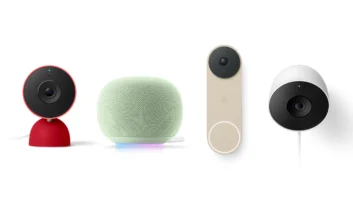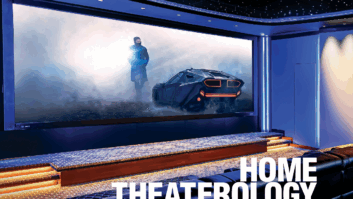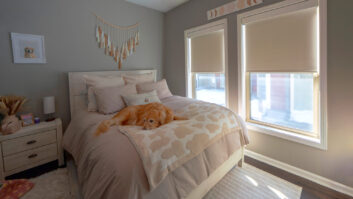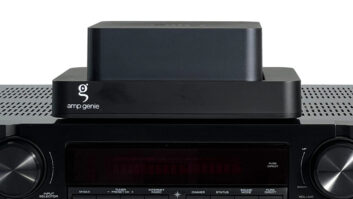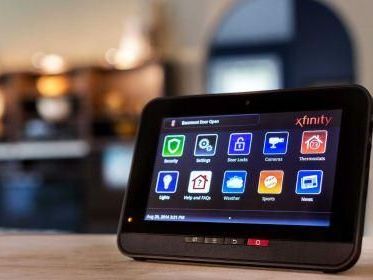
NEW YORK — Home-automation products are like United Nations ambassadors who speak different languages and need interpreters to communicate with one another.
For suppliers, the interpreters are software, hardware and Cloud-based solutions that facilitate communications among different brands of products or products incorporating different wireless-network standards. Multilingual home-automation hubs incorporating multiple wireless standards are among the most widely known solutions, as are wireless standards such as Z-Wave and ZigBee.
In recent weeks, select suppliers have stepped up the interoperability momentum, some by combining firmware upgrades with the ZigBee Home Automation (HA) standard to deliver a higher level of interoperability than ZigBee HA could on its own. Others have adopted Cloud services, including IFTTT.com’s If This Then That solution, to get their products to talk to other-brand products without requiring the purchase of an in-home hub.
Cable company Comcast, for example, developed a Cloud-to-Cloud solution to enable products from multiple brands to communicate with its home-automation/monitored security system. Belkin’s WeMo brand and startup Green IQ turned to IFTTT.com.
For its part, WeMo also upgraded its app and the firmware of its WeMo Link ZigBee/Wi-Fi bridge to deliver a higher level of interoperability with select other-brand lighting products that also incorporate ZigBee HA. The products include an LED lightbulb from Cree and LED lights from Osram Sylvania.
Lighting, however, still remains a fragmented market in which ZigBee, Z-Wave, Wi-Fi and Bluetooth LE compete, said Parks Associates analyst Tom Kerber. “The lighting market is still up for grabs,” he said.
With the latest ZigBee announcements, the participating companies hope to build demand for ZigBee HA, but adoption of the standard itself isn’t enough to deliver a high level of interoperability.
What it takes: “The HA standard only provides minimum interoperability, like off/on,” a WeMo spokesperson said. “To get full control, including all of the color and dimming capabilities [of Osram’s Lightify lights], we had to work with Osram to build out our app and firmware upgrade. Now the WeMo app is able to identify the exact Osram bulb and all of its features.”
The same holds true for interoperability with the Cree lightbulb, the spokesperson said. “The Cree bulb also uses ZigBee HA, so you can have minimum control over the bulb. When we update the app/firmware later this summer, we will include specifics for the Connected Cree bulb, and it will become a full part of the WeMo ecosystem.”
ZigBee HA 1.2, the spokesperson continued, “is a good example of how a standard can provide some minimum compatibility, but in order to get full control and really work together in a deep, robust way, different companies still need to work together in a more formal way. With newer standards still in development, some of those richer controls may be built in to the standard itself, which will in turn automatically create more ‘bridges,’ but those will take a while. “
Belkin originally built its WeMo Link as a way to extend WeMo app control beyond Wi-Fi devices to include WeMo’s ZigBee HA bulbs, not as a bridge between WeMo’s ZigBee lights and other-brand ZigBee lights, the spokesperson noted. “But since there are a lot of other companies using the same ZigBee standard, that bridge happened by default. We decided to join forces with a number of them directly (Cree, TCP, OS, plus others in the future) to really build out the WeMo lighting ecosystem and give consumers a larger choice of lighting options without having to become a lighting manufacturer ourselves.”
Because WeMo’s integration with the Cree and Osram lights go beyond minimum ZigBee HA functionality, those companies’ lights can be connected to WeMo products to create scenes that, for example, automatically turn on a mix of Cree, WeMo and Osram bulbs when the WeMo NetCam HD+ detects the motion of a door being opened. Users can also set sunrise/sunset timers to turn lights on and off automatically, or they can create vacation rules to turn lights on and off automatically at different times of night.
The Osram lights also incorporate the ZigBee Light Link standard, enabling them to talk to other Light Link-enabled products, such as the Philips Hue lights, and not just to lights incorporating ZigBee HA. ZigBee Light Link is intended specifically for consumer lighting and lighting-control products, whereas ZigBee HA is intended for a range of smart home devices including lighting products, sensors, door locks, alarm systems, HVAC systems, and many other smart home devices, an Osram spokesperson explained.




